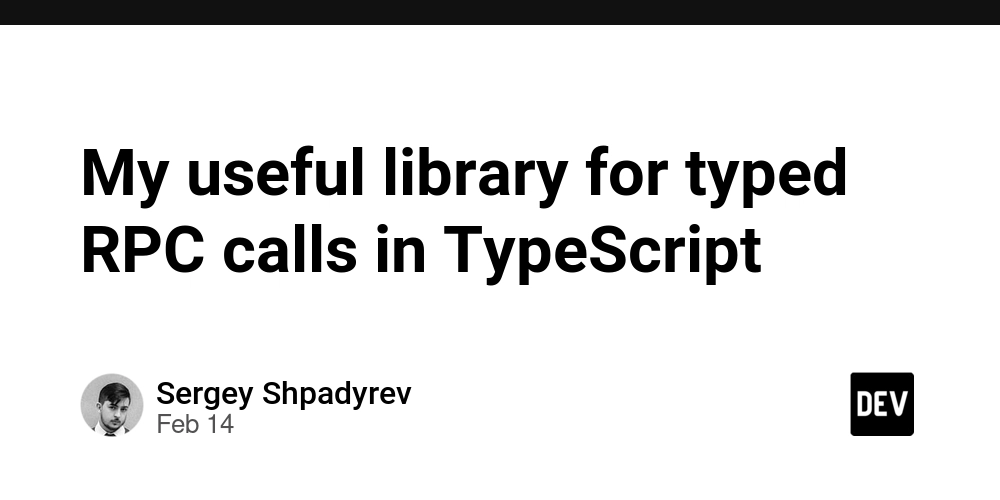Beyond the Hype: A Practical Guide to Cloud and Datacenter Decisions
The technology infrastructure landscape is perpetually in flux. Recent attention on companies like CoreWeave($CRWV), particularly following their recent IPO and focus on bare-metal GPU rentals for AI/ML workloads, has brought the long-standing datacenter versus cloud computing debate back into focus. While hyperscalers – massive-scale cloud providers like AWS, Azure and GCP known for their vast global infrastructure and comprehensive service suites – offer predominantly virtualization-based services (alongside bare-metal options), the demand for raw compute power highlights diverse infrastructure needs. This necessitates a clear-eyed look at the fundamental trade-offs involved, moving beyond marketing hype to examine the practical implications for different business requirements. The Case for Cloud: Flexibility and Agility Cloud computing's primary appeal lies in its adaptability, especially valuable for projects facing uncertainty or fluctuating demands. Scalability: The capacity to rapidly provision and de-provision resources (elasticity) is crucial during development, testing, and for applications with variable user load. This agility enables quick iteration and responsiveness. Pay-as-you-go Model: This operational expenditure (OpEx) model eliminates the large upfront capital expenditure (CapEx) typically required for hardware procurement. However, for consistent, high-utilization workloads, these recurring costs can eventually surpass the total cost of ownership for dedicated hardware. Global Reach: Major cloud providers maintain vast global networks of datacenters, enabling organizations to deploy services closer to end-users, potentially reducing latency and improving user experience. Managed Services: Cloud platforms offer a wide array of managed services (databases, queues, machine learning platforms, etc.) that can accelerate development by abstracting away underlying infrastructure management. The Case for Datacenters: Control and Predictability For organizations with stable, predictable workloads, or those with specific performance, security, or regulatory requirements, traditional or co-located datacenters offer distinct advantages. Control: Direct ownership and management of hardware allow for deep customization of network and server configurations, potentially optimizing for specific performance characteristics. Cost Efficiency (Long-Term): For sustained, predictable workloads, the initial CapEx for hardware and facilities can lead to lower long-term costs compared to equivalent, continuously running cloud resources. Predictable Performance: Dedicated hardware can offer more consistent performance characteristics compared to multi-tenant virtualized environments, although cloud providers also offer dedicated instances. Data Residency & Security: Direct control can simplify meeting strict data residency requirements and allows organizations to implement bespoke security measures. A Pragmatic Strategy: Cloud Adoption and Optimization A frequently observed strategy involves leveraging the cloud initially, particularly when launching new products or services where demand is difficult to forecast. The Forecasting Challenge: Estimating compute, storage, and bandwidth needs for a novel product is inherently uncertain. Early commitment to fixed datacenter capacity risks either costly over-provisioning or performance-limiting under-provisioning. Cloud as an Initial Platform: The cloud's elasticity and OpEx model mitigate this initial risk, allowing teams to scale resources based on actual usage data and user feedback, rather than projections. This facilitates experimentation and data gathering without significant upfront investment. Data-Driven Transition: Once a product matures and usage patterns stabilize, the data collected during the cloud phase enables informed decisions about long-term infrastructure. This might involve: Optimizing cloud usage (right-sizing instances, using reserved instances/savings plans). Migrating specific, stable workloads to dedicated hardware (in a datacenter or co-location facility). Adopting a hybrid model, balancing cloud flexibility with datacenter control/cost-efficiency. A notable example comes from Amazon's Prime Video Video Quality Analysis team. As detailed on their tech blog, they achieved significant cost savings (reportedly over 90% for that specific service) by re-architecting their audio/video monitoring service, moving components from a serverless approach (using Step Functions and distributed Lambda functions) to a more consolidated model running on EC2 and ECS, once usage patterns and bottlenecks were well understood. Key Considerations and Caveats Factor Cloud Consideration Datacenter Consideration Cost Structure Variable OpEx can spiral without governance; potential for higher TCO on steady loads. Significant CapEx & lead times; potentially lower TCO long-term for steady loa
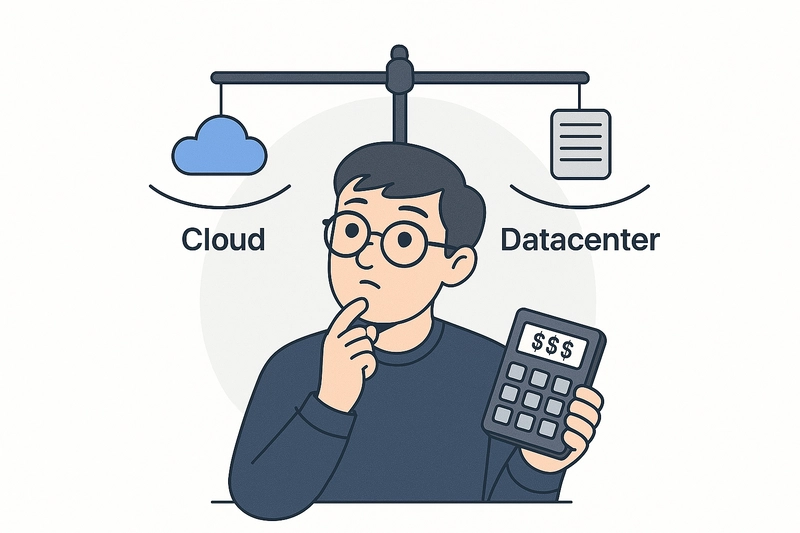
The technology infrastructure landscape is perpetually in flux. Recent attention on companies like CoreWeave($CRWV), particularly following their recent IPO and focus on bare-metal GPU rentals for AI/ML workloads, has brought the long-standing datacenter versus cloud computing debate back into focus. While hyperscalers – massive-scale cloud providers like AWS, Azure and GCP known for their vast global infrastructure and comprehensive service suites – offer predominantly virtualization-based services (alongside bare-metal options), the demand for raw compute power highlights diverse infrastructure needs. This necessitates a clear-eyed look at the fundamental trade-offs involved, moving beyond marketing hype to examine the practical implications for different business requirements.
The Case for Cloud: Flexibility and Agility
Cloud computing's primary appeal lies in its adaptability, especially valuable for projects facing uncertainty or fluctuating demands.
- Scalability: The capacity to rapidly provision and de-provision resources (elasticity) is crucial during development, testing, and for applications with variable user load. This agility enables quick iteration and responsiveness.
- Pay-as-you-go Model: This operational expenditure (OpEx) model eliminates the large upfront capital expenditure (CapEx) typically required for hardware procurement. However, for consistent, high-utilization workloads, these recurring costs can eventually surpass the total cost of ownership for dedicated hardware.
- Global Reach: Major cloud providers maintain vast global networks of datacenters, enabling organizations to deploy services closer to end-users, potentially reducing latency and improving user experience.
- Managed Services: Cloud platforms offer a wide array of managed services (databases, queues, machine learning platforms, etc.) that can accelerate development by abstracting away underlying infrastructure management.
The Case for Datacenters: Control and Predictability
For organizations with stable, predictable workloads, or those with specific performance, security, or regulatory requirements, traditional or co-located datacenters offer distinct advantages.
- Control: Direct ownership and management of hardware allow for deep customization of network and server configurations, potentially optimizing for specific performance characteristics.
- Cost Efficiency (Long-Term): For sustained, predictable workloads, the initial CapEx for hardware and facilities can lead to lower long-term costs compared to equivalent, continuously running cloud resources.
- Predictable Performance: Dedicated hardware can offer more consistent performance characteristics compared to multi-tenant virtualized environments, although cloud providers also offer dedicated instances.
- Data Residency & Security: Direct control can simplify meeting strict data residency requirements and allows organizations to implement bespoke security measures.
A Pragmatic Strategy: Cloud Adoption and Optimization
A frequently observed strategy involves leveraging the cloud initially, particularly when launching new products or services where demand is difficult to forecast.
The Forecasting Challenge: Estimating compute, storage, and bandwidth needs for a novel product is inherently uncertain. Early commitment to fixed datacenter capacity risks either costly over-provisioning or performance-limiting under-provisioning.
Cloud as an Initial Platform: The cloud's elasticity and OpEx model mitigate this initial risk, allowing teams to scale resources based on actual usage data and user feedback, rather than projections. This facilitates experimentation and data gathering without significant upfront investment.
Data-Driven Transition: Once a product matures and usage patterns stabilize, the data collected during the cloud phase enables informed decisions about long-term infrastructure. This might involve:
- Optimizing cloud usage (right-sizing instances, using reserved instances/savings plans).
- Migrating specific, stable workloads to dedicated hardware (in a datacenter or co-location facility).
- Adopting a hybrid model, balancing cloud flexibility with datacenter control/cost-efficiency.
A notable example comes from Amazon's Prime Video Video Quality Analysis team. As detailed on their tech blog, they achieved significant cost savings (reportedly over 90% for that specific service) by re-architecting their audio/video monitoring service, moving components from a serverless approach (using Step Functions and distributed Lambda functions) to a more consolidated model running on EC2 and ECS, once usage patterns and bottlenecks were well understood.
Key Considerations and Caveats
| Factor | Cloud Consideration | Datacenter Consideration |
|---|---|---|
| Cost Structure | Variable OpEx can spiral without governance; potential for higher TCO on steady loads. | Significant CapEx & lead times; potentially lower TCO long-term for steady loads. |
| Scalability & Agility | Elastic scaling; complexity can increase with scale/abstractions. | Constrained by physical installs & planning cycles; less immediate elasticity. |
| Maintenance & Operations | Provider handles underlying infrastructure maintenance. | Requires dedicated resources & expertise for hardware/software upkeep, facilities management. |
| Control & Customization | Limited by provider offerings and abstraction layers. | Full hardware/software control allows deep customization. |
| Security & Compliance | Shared responsibility model; requires careful customer configuration & oversight. | Full responsibility; direct control can simplify meeting specific residency or security requirements. |
| Platform Dependence | Potential vendor lock-in via proprietary services complicates migration. | Less platform lock-in, but dependent on specific hardware/software choices; migration still involves effort. |
Real-World Perspectives
Prime Video (Monitoring Service): As mentioned, their optimization illustrates how understanding specific workload characteristics can drive significant cost savings, sometimes involving shifts within or away from certain cloud architectures.
Prime Vidoe Tech Blog
Amazon Prime Statistics37signals (Basecamp/Hey): Their public decision to repatriate workloads from the cloud, citing substantial cost savings ($7 million over five years projected), underscores that for companies with predictable usage and the necessary scale/expertise, owning hardware can be significantly more economical.Hey Blog
-
Bare Metal Cloud (e.g., CoreWeave, Equinix Metal): These providers aim to bridge the gap, offering the raw performance and control closer to dedicated hardware but with cloud-like provisioning and OpEx models. They are particularly appealing for several use cases:
- Foundational Layer: Serving as automated hardware for building private clouds or running specific orchestration layers (like VMWare, OpenStack, Kubernetes).
- High-Performance Needs: Addressing sustained, predictable performance requirements often best met by dedicated, single-tenant hardware without a virtualization layer (common in HPC, Gaming, AI/Big Data, Finance).
- Security & Isolation: Meeting strict trust, privacy, or regulatory mandates that necessitate dedicated, isolated environments rather than shared multi-tenant cloud resources.
- Specialized Requirements: Supporting applications needing specific hardware features (GPUs, accelerators, encryption offload) or ultra-low latency not readily available or performant in standard virtualized environments (e.g., video transcoding, AR/VR, Telco workloads, AI/ML training/inference).
Conclusion: Context is Key
The choice between cloud, datacenter, or a hybrid approach is not universally fixed but depends heavily on an organization's specific technical requirements, business goals, workload characteristics, budget, risk tolerance, and in-house expertise. A critical evaluation of the trade-offs, informed by real-world data and strategic planning, is essential. Often, a hybrid or multi-cloud strategy emerges as the most practical solution, leveraging the best of both worlds.
Disclaimer
This blog does not examine CoreWeave’s valuation, financial performance, or specific business metrics. Rather, CoreWeave serves as a real-world example to facilitate a broader discussion on bare metal infrastructure versus cloud services. The emphasis is on technical and strategic aspects rather than financial details.









































































































































































![[The AI Show Episode 142]: ChatGPT’s New Image Generator, Studio Ghibli Craze and Backlash, Gemini 2.5, OpenAI Academy, 4o Updates, Vibe Marketing & xAI Acquires X](https://www.marketingaiinstitute.com/hubfs/ep%20142%20cover.png)














































































































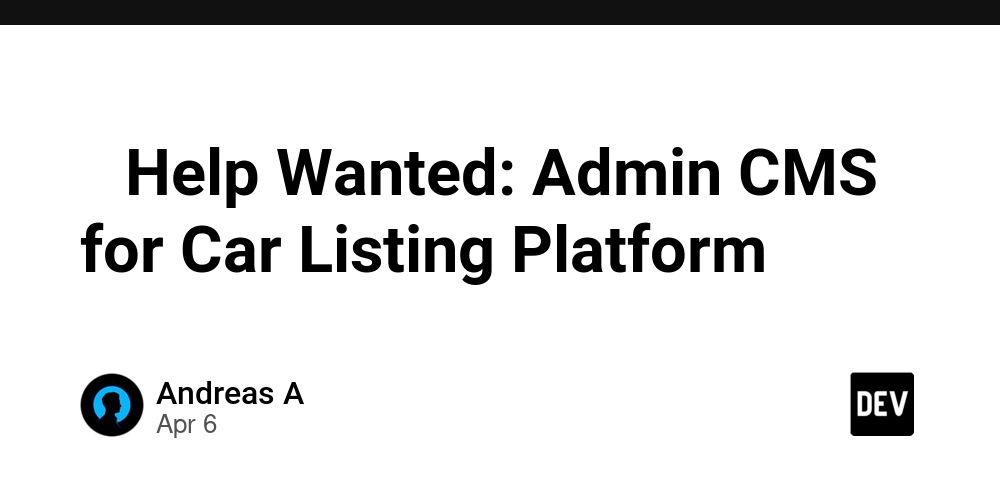
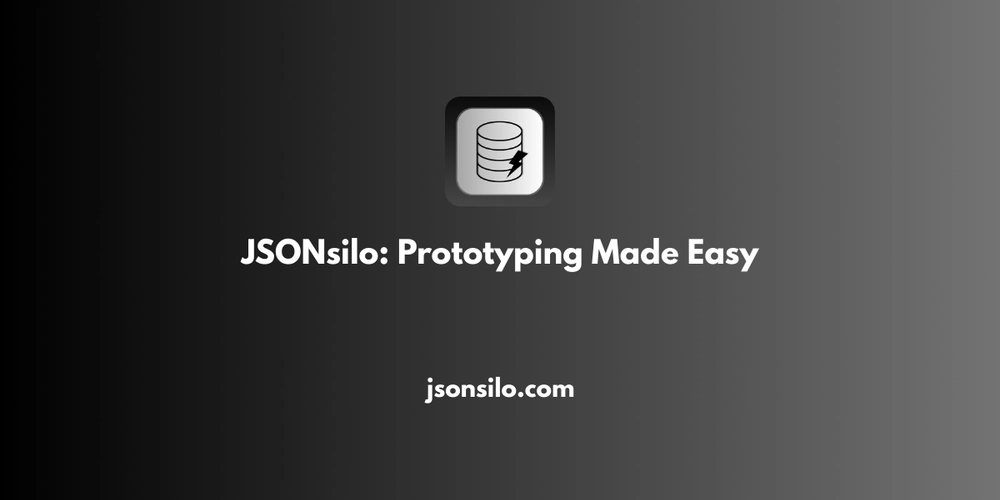
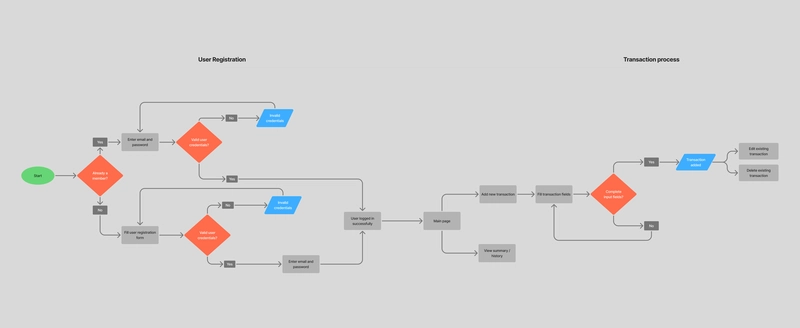
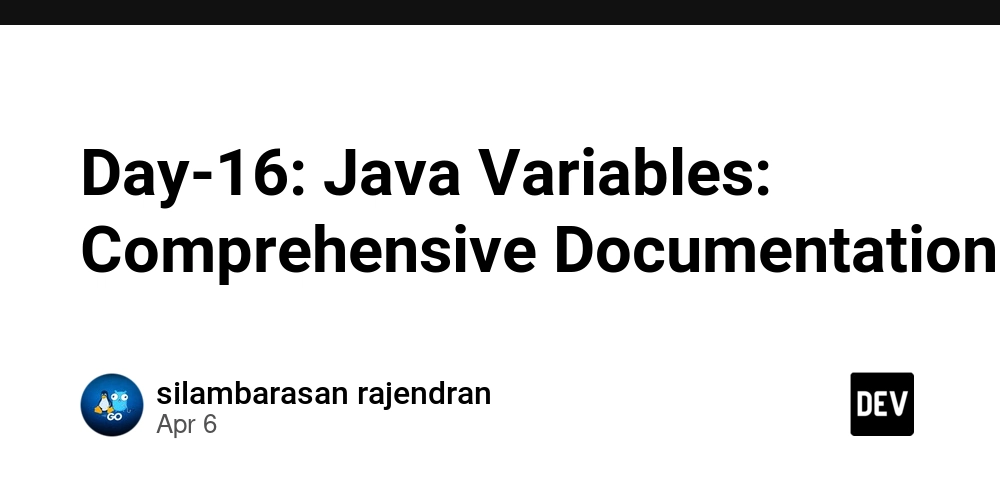









![[FREE EBOOKS] The Kubernetes Bible, The Ultimate Linux Shell Scripting Guide & Four More Best Selling Titles](https://www.javacodegeeks.com/wp-content/uploads/2012/12/jcg-logo.jpg)



![From drop-out to software architect with Jason Lengstorf [Podcast #167]](https://cdn.hashnode.com/res/hashnode/image/upload/v1743796461357/f3d19cd7-e6f5-4d7c-8bfc-eb974bc8da68.png?#)






































































































.png?#)




.jpg?#)
































_Christophe_Coat_Alamy.jpg?#)
 (1).webp?#)








































































































![Rapidus in Talks With Apple as It Accelerates Toward 2nm Chip Production [Report]](https://www.iclarified.com/images/news/96937/96937/96937-640.jpg)



































































































































